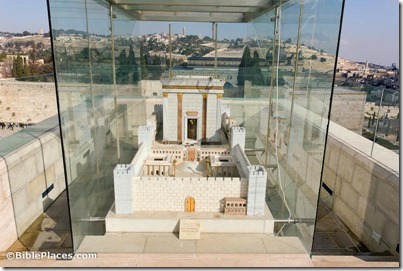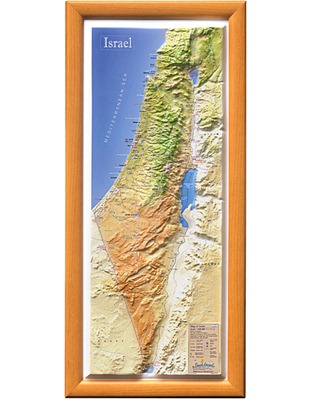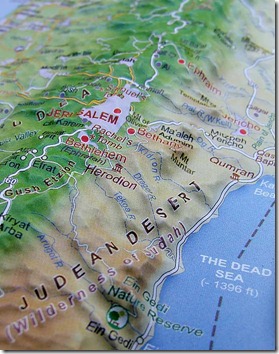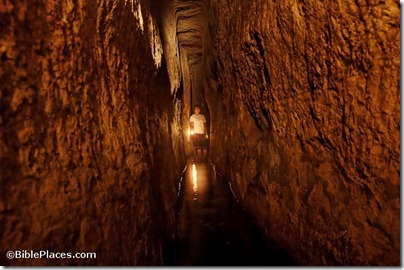The Jerusalem Post reports on recent discoveries made in connection with development projects in the Jerusalem area. (Emphasis added.)
In order to secure the necessary construction permits from the Interior Ministry, public works projects need approval from the IAA [Israel Antiquities Authority]. Preconstruction surveys during preparation for the expansion of Highway 1 around the Motza Interchange have yielded a plethora of new discoveries, including Iron Age buildings at Tel Motza, explained Dr. Doron Ben Ami, a chief researcher at the HU archeology institute. At the Motza Stream, archeologists discovered ruins dating back to the Neolithic period and an enormous underground water reservoir from the Crusaders.
Pre-construction surveys of the Ramot highway have yielded discoveries of Roman terraces. And when baseball fans in Ramat Beit Shemesh decided to build a baseball field, they discovered a new field of dreams: Just a few centimeters below the surface, there were hundreds of clay pots and figurines.
Nearby, archeologists discovered an enormous burial ground from the Bronze Age.
Even in the posh Jerusalem neighborhood of Rehavia, construction of fancy new apartments can sometimes lead to the most startling archeological discoveries. A 6-meter-high column was unearthed during construction of a new apartment building on the leafy neighborhood’s Abarbanel Street, leading scholars to believe it could have been a Byzantine era quarry. The column was mostly likely destined for one the magnificent cathedrals of the era before it cracked and became dangerous to move.
The full story is here.
HT: Joseph Lauer




